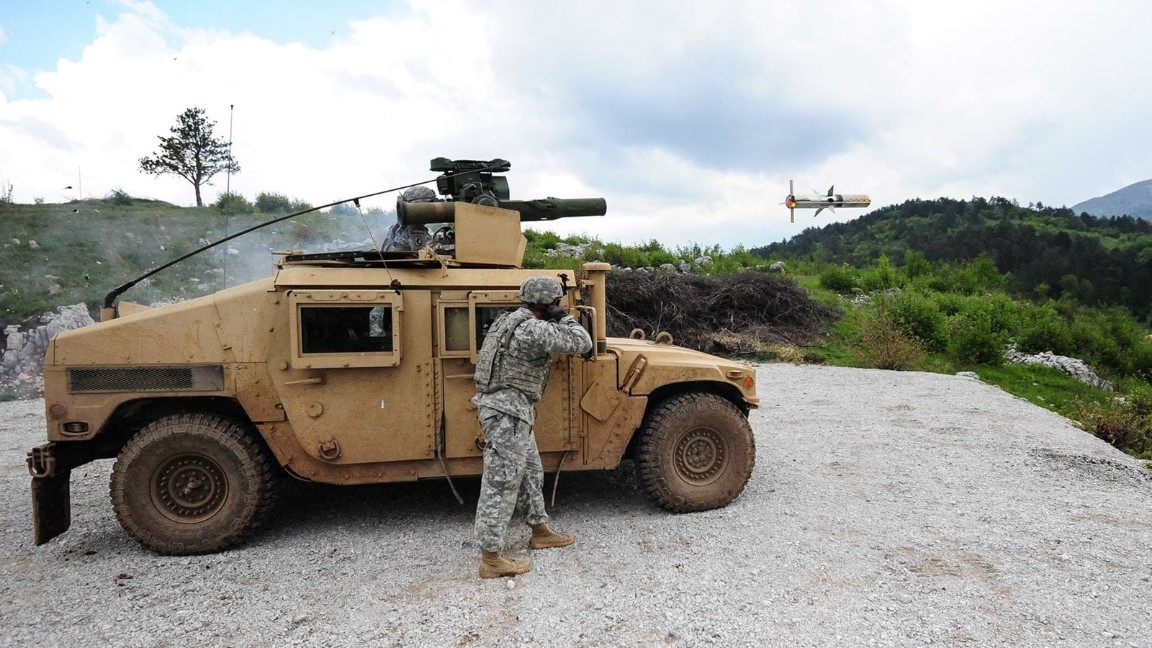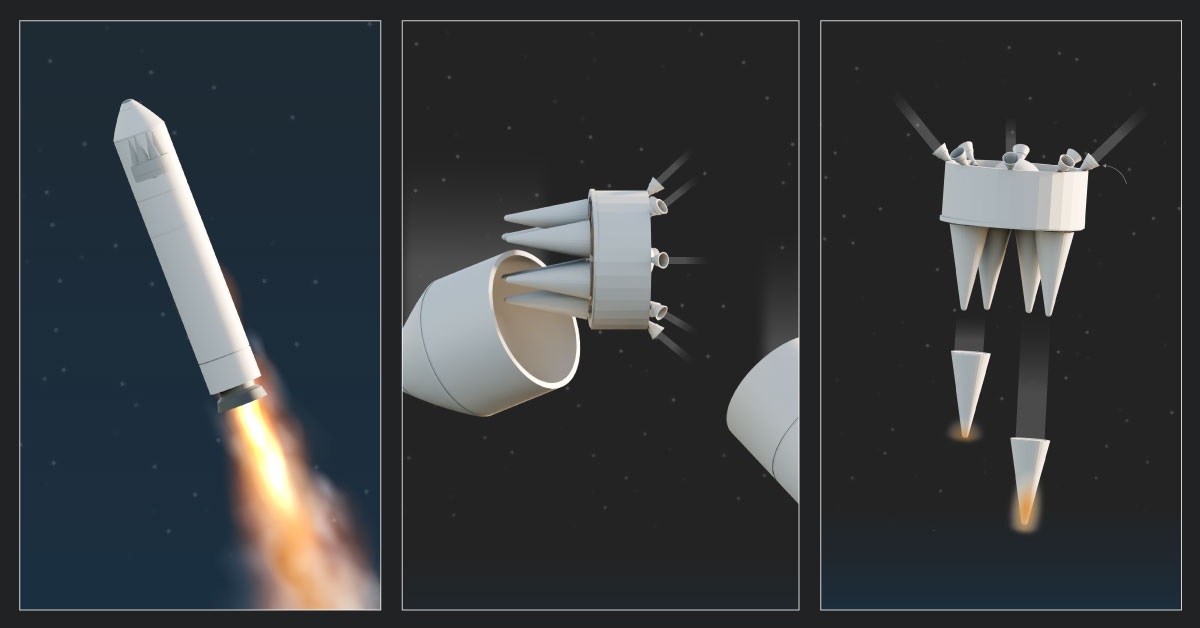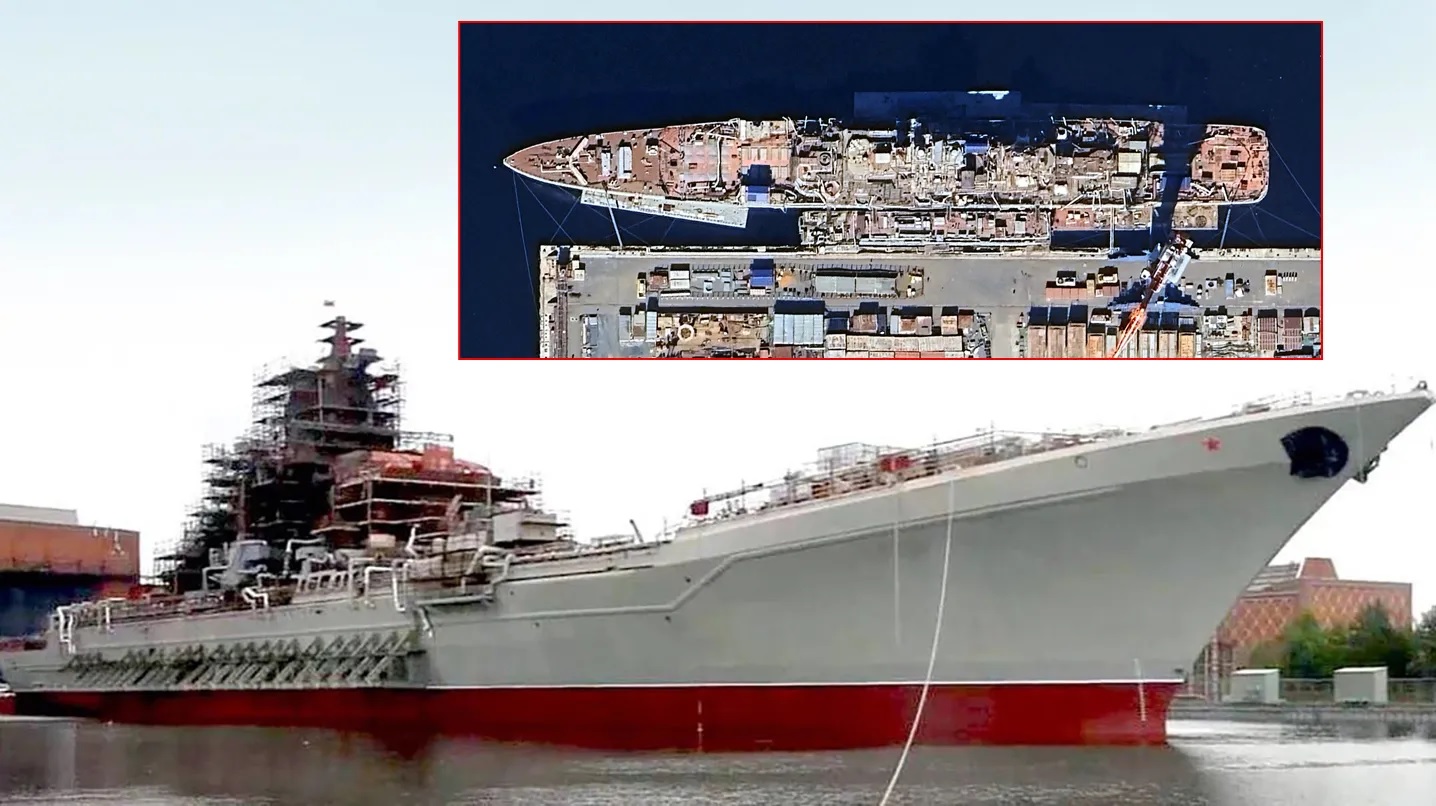U.S. Awards $322.5 Million Contract to RTX for BGM-71 TOW Missile Production

The U.S. Department of Defense has awarded a $322.5 million contract to RTX Corporation (formerly Raytheon Technologies) for the continued production of the BGM-71 Tube-launched, Optically-tracked, Wire-guided (TOW) missile. This latest agreement ensures the U.S. Army and Marine Corps maintain a steady supply of the widely used anti-tank guided missile (ATGM), a critical component of American ground warfare capabilities. The contract is fully funded by the U.S. government and is scheduled for completion by September 2026.
TOW Missile: Backbone of U.S. Anti-Armor Strategy
The BGM-71 TOW has been a mainstay in the U.S. military arsenal since the 1970s, proving its effectiveness in numerous conflicts. It is currently integrated into key combat vehicles such as the M2 Bradley Infantry Fighting Vehicle and the M1134 Stryker Mobile Gun System. Additionally, portable launcher variants remain in storage, ready for deployment by infantry forces when needed.
While the Pentagon has not disclosed the exact number of missiles covered under this contract, recent arms procurement trends suggest that this deal is part of a broader effort to replenish stockpiles. The U.S. has supplied over 9,000 TOW missiles to Ukraine in various configurations over the past year, depleting existing reserves. Given its continued relevance in modern warfare, particularly in Ukraine’s defense against Russian armored vehicles, the Pentagon appears committed to keeping TOW production active for the foreseeable future.
Modernization and Battlefield Effectiveness
Despite its origins in the Cold War, the TOW missile has evolved significantly. Modern variants, including the TOW 2A, TOW 2B, and TOW Bunker Buster, incorporate advanced guidance systems and improved warheads to counter evolving threats. The TOW 2B Aero, for example, utilizes top-attack capabilities, allowing it to target the weaker armor of enemy tanks from above.
Recent battlefield footage from Ukraine has demonstrated the effectiveness of the TOW missile against advanced Russian tanks like the T-90M and T-80BVM, reinforcing its value in contemporary conflicts. The missile’s long range—up to 4.2 km (2.6 miles) in its latest versions—provides American and allied forces with a significant advantage in anti-armor engagements.
Strategic Importance and Future Outlook
The U.S. military’s continued investment in TOW production highlights its enduring role in modern warfare. While newer missile systems such as the Javelin and Spike have gained prominence for their fire-and-forget capabilities, the TOW remains a cost-effective and versatile solution for engaging enemy armor. The missile's wired guidance system, while somewhat dated, ensures resilience against electronic warfare countermeasures, which have been widely employed in the ongoing Ukraine conflict.
As geopolitical tensions continue to shape global defense priorities, securing a steady supply of TOW missiles will remain crucial for the U.S. and its allies. With RTX at the helm of production, the legendary anti-tank weapon is set to remain a key component of America’s arsenal for years to come.



